Shelter Behavior Workshop
Dogs Out Loud
January 2016
Shelter Behavior Manual
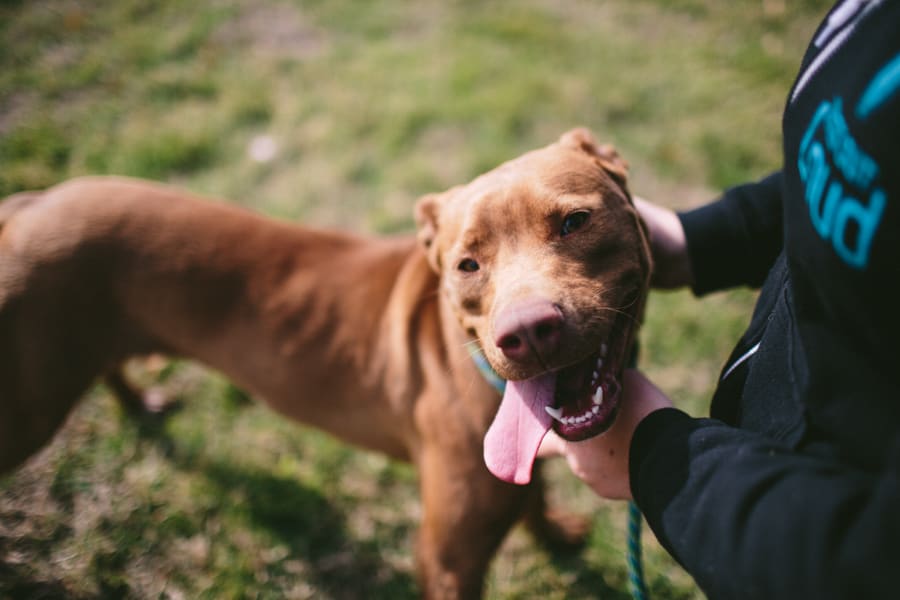
https://www.dogsoutloud.org/training-handouts/shelter-behavior-manual/
Purpose
The purpose of this training is to improve life at the shelter for both the dogs and the humans! Knowledge is power and the more we understand about dog behavior, the more effective we can be as their handlers, trainers, and advocates, and the more positive & FUN our interactions will be!
OBJECTIVES
- To learn clear and consistent techniques for handling our dogs, ensuring that staff and volunteers are trained in the same methods and approaches and veterans are able to help reinforce those methods for new volunteers & staff.
- To use small changes to create big results. Quality of life is directly proportional to the behavior we see in our dogs. We will answer the questions, "What can staff do with the time they have to improve quality of life, positively influence behavior, and create more adoptable dogs?"" and "How can volunteers best use their time to focus on the dogs who need them and their particular skill set most?"
- To provide clear and actionable information that enables staff and volunteers to safely and comfortably manage, support and adopt out dogs with varying behavioral needs.
Dog Body Language
What is the dog saying to you and how are you using that information?
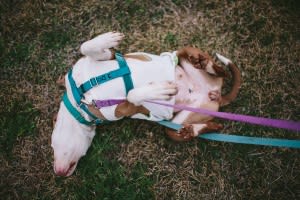
- Promote Appropriate Behavior
- Redirect Unwanted Behavior
- Reinforce Calming Signals
- Recognize Eye Contact
Human Body Language
What are you saying to the dog and how is the dog using that information?
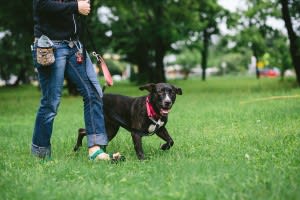
- Model the behavior you want.
- Establish and communicate clear boundaries.
- Be present.
- Speak their language.
Removing From and Returning to
Kennels & Pens
First impressions matter.
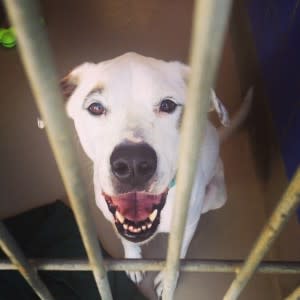
- Approach
- Entrance
- Leashing
- Exit
- Repeat
Leash Skills
Good leash manners = adopted dogs.
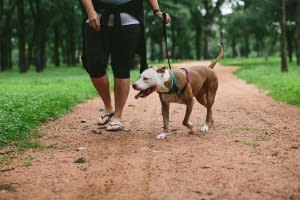
- Equipment
- Handling the Leash
- Engagement
- Loose Leash Walking Techniques
Quality & Enrichment
There is no better way to prevent undesirable behaviors from developing and/or escalating than through providing enrichment and quality of life! So many of the behaviors we see in the shelter environment are due to stress. But the good news is, there’s much we can do to help!
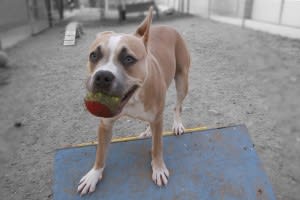
- Basic Needs
- Quality Enrichment
- Easy Training Games for Adoptability and Enrichment
Easy Training Games
- Gate Games
- Relaxation Protocol (RP)
- Treat, Retreat
- On/Off Game
- Too Bad/Take It
- Pattern Games
- Tricks
- Greeting Visitors to the Shelter
Safety
Table standing is only for special occasions.
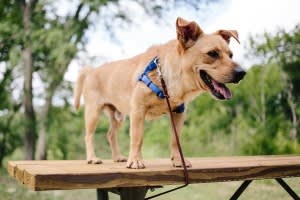
- Use the right equipment
- Be prepared
- Trapped in a kennel
- Dog Fight
- Loose dog
Behavior Modification
Naughty dogs need love too.
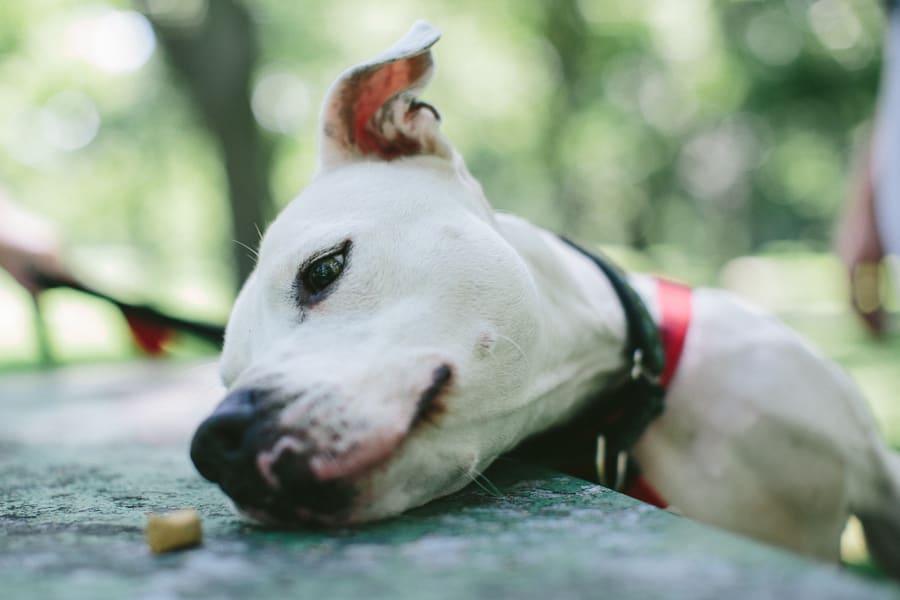
First: Do the least amount of work necessary to change or modify a behavior.
Before working with high-energy or Whoa Doggies!, you must have a thorough understanding of the basic concepts.
Threshold
"'Threshold' is the sweet spot, the place where learning and thinking occur, where choices are possible, where behavior changes (good ones!) can happen."
(Suzanne Clothier, "Understanding Thresholds: It's More than Under- or Over")

Dog Body Language

View a more complete list from Lily Chin of doggiedrawings.net.
Motivation & Goal
Before deciding on what action to take, assess the dog (maybe again) and follow the steps to solving unwanted behavior:
- When and where does the behavior occur?
- Why is the dog offering the behavior?
- What do you want the dog to do instead? Set a goal.
- What method you will use to change the behavior? Break the behavior down into the smallest pieces necessary to achieve success.
Focus on what you want your dog to do, not what you do not want your dog to do
Common, Unwanted Behaviors and How to Change Them
- Jumping
- Mouthing
- Leash Biting
- Reactivity
- Fear-Based Reluctant/Shutdown Behavior
- Barrier Frustration
- Disengaged/Aloof/Non-Responsive
Meet & Greets and Facilitating Adoptions
Send those doggies home!
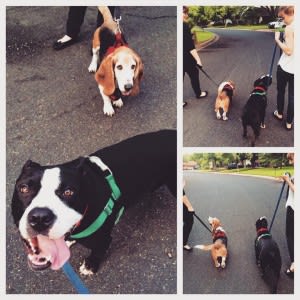
- Adoption Matchmaking
- Networking
- Canine Meet & Greets
Resources, Programs, and Sharing Information
Diva says sharing is sweet! (Almost as sweet as donuts.)

- Where to find info on dogs?
- How to get more training?
THE END
Dogs Out Loud | www.dogsoutloud.org
Created using Reveal.js
Resources
Articles
- Shelter Behavior Manual
- Miller, Pat. The Power of Positive Dog Training.
- Paul Owens. The Dog Whisperer: A Compassionate, Nonviolent Approach to Dog Training.
- Understanding Thresholds: It's More than Under- or Over
- Lily Chin. Boggie: Doggie Language. doggiedrawings.net
Resources
Videos/How Tos
- Treat/Retreat
- Touch and Treat (or Pet and Pay)
- Relaxation Protocol
- Pattern Games
- Tricks (Sit, Stay, Touch, Shake, Rollover, Come When Called, Leave It, etc.)
- Nosework